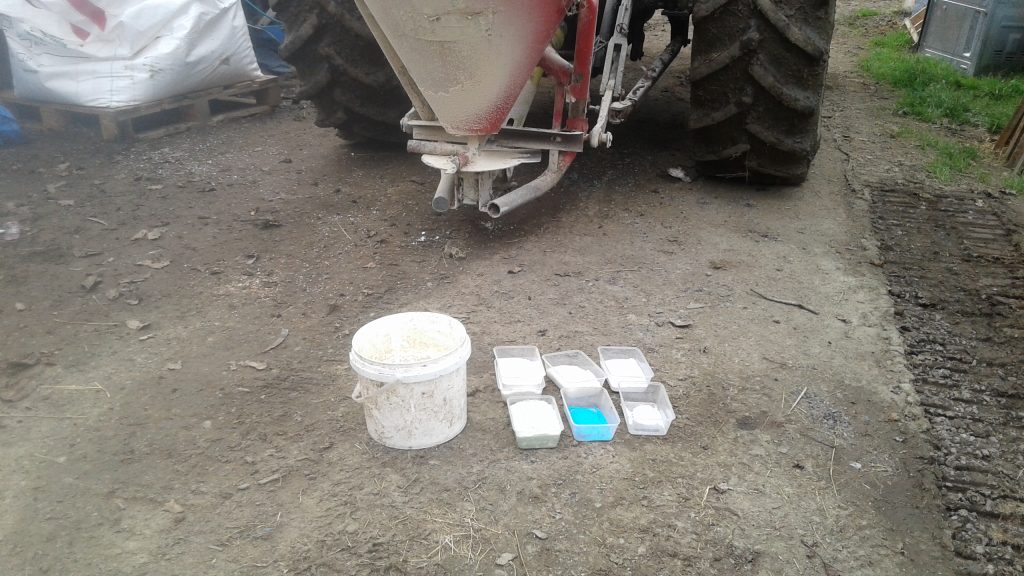Trace elements are needed in relatively small amounts but are critical for pasture growth. Recommendations for trace elements vary but a useful indicator for the amount required is information on the amount of trace elements typically found in plant tissue.
Because trace elements are needed in relatively small amounts, they can be applied to paddocks as a liquid by spraying. They can also be mixed into granular fertilisers although care is needed to mix them well.

Molybdenum is the trace element most likely to be deficient in Australian soils. This is especially important because of its critical role in enabling nitrogen fixation and in uptake and use of nitrogen by grasses. Extra applications of molybdenum are necessary to support high production in pastures. Copper and zinc are often also deficient especially in sandy soils. A complete soil test will show up any significant trace element deficiencies. Care should be taken not to apply a particular trace element if it already present in excess. This can be true of Boron. The actual availability – to the plant, of each trace element is affected by pH so pH should be tested.
Example using molybdenum. Recommendations for molybdenum application rates vary widely. One way to work out an application rate is to look at how much molybdenum is typically in plant tissues and from there calculate how many grams of a molybdenum fertiliser like ammonium molybdate would be require to replace that much molybdenum in a given harvested or grazed amount of pasture.
Figures for molybdenum in plant tissue including in clovers varies widely. A typical high value found in White clover tissue is 0.2 mg/kg of plant tissue (From Sale and Blair, Fertilisers and pasture nutrition in Lovett and Scott, 1997, Pasture production and Management).
This the same as 0.2 gms molybdenum per 1 tonne of clover tissue. Molybdenum is around 8% of ammonium molybdate. If ammonium molybdate is used to supply molybdenum then 2.6 gm of ammonium molybdate will be needed to support 1 tonne of growth of White clover. The calculations are similar for the other trace elements using their typical levels in pasture plants.
